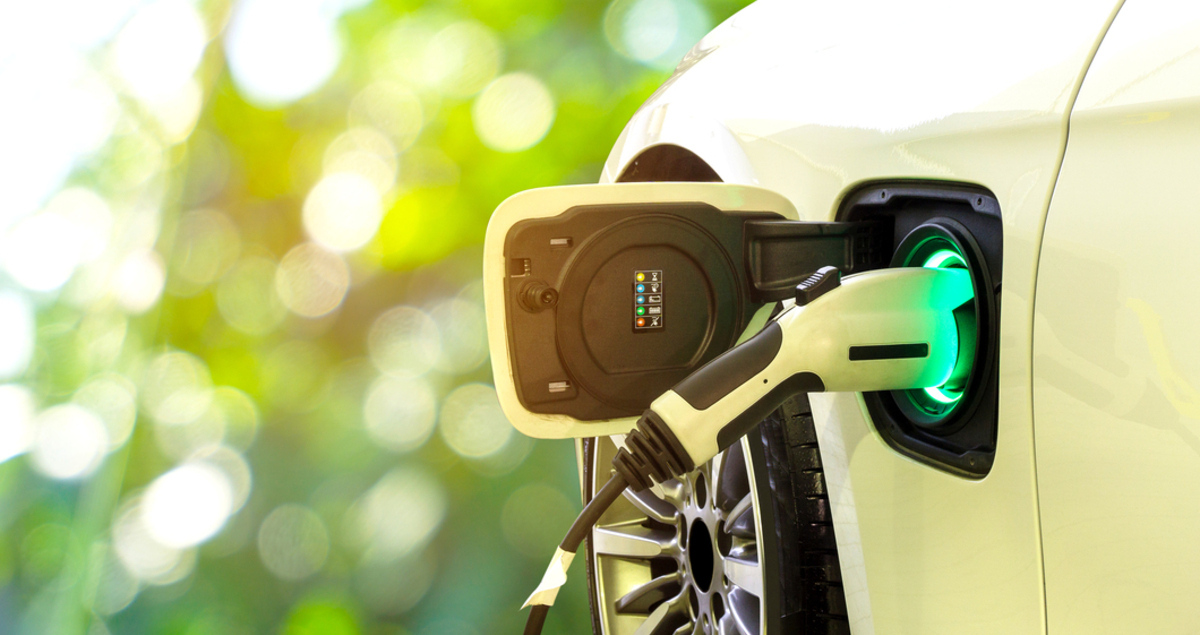Saving for a rainy day: how energy storage can boost renewables

There is no single route to reaching net zero. Decarbonizing our energy supply will need a range of solutions, including energy storage, which has grown in importance in recent years, alongside the increasing use of renewable energy and the expansion of localized electricity grids.
And yet we still need more storage. In order to keep the world on track to meet the UN Sustainable Development Goals (SDGs) on energy, the sector needs to see double-digit growth, according to the International Energy Agency (IEA), because of its ability to level out the intermittent nature of renewable sources and respond rapidly to fluctuating demand.
So, what are the different energy storage options needed to get to net zero?
Hydrogen
Renewable energy can be converted to hydrogen, stored until it is needed, and then reverted to electricity on demand.
One of hydrogen’s advantages is its scalability, particularly as an enabler of long-term seasonal storage. In the western US, for instance, there is often a large renewable energy surplus in the spring, when a combination of strong winds, sunlight and cool temperatures can lead to an excess equal to hundreds of thousands of megawatt hours.
It’s a similar situation in the North Sea, where vast offshore wind farms often generate excess energy. There are already a number of projects in development to harness that energy, including the Hamburg Green Hydrogen Hub in Germany, which will produce hydrogen from wind and solar power.
In Utah, Mitsubishi Power* is a partner in the Advanced Clean Energy Storage Project, where utility scale green hydrogen is produced and stored in underground salt caverns.
The Hydrogen Council, a global partnership launched at the World Economic Forum Annual Meeting in 2017, says that hydrogen could enable the deployment of renewables by converting and storing more than 500 TWh of electricity.
Synthetic fuels
Power-to-fuel technology means that excess energy from renewable sources can be stored as synthetic fuel, like methanol, which can be produced from green hydrogen and captured CO2. That makes it a net carbon-neutral fuel, for which demand is growing rapidly: the global methanol market is expected to have a compound annual growth rate of 4.6% to 2027.
Methanol is being positioned as a vital emissions-reduction tool for the transportation sector in China. By 2024, there could be 50,000 methanol-powered cars, trucks and buses on the country’s roads. In Europe, ferry line Stena has introduced the world’s first methanol-driven ferry, by adapting its existing fuel systems and engines.
Because synthetic fuels are easy to store and require little infrastructure investment, they have an important role to play in creating a net-zero transport future. Mitsubishi Power is working on the development of several synthetic fuels, including liquid methanol and dimethyl ether (DME), a clean-burning, non-toxic alternative to diesel.
Mitsubishi Power is also a partner in the European Union’s Take-Off project, which is aiming to use synthetic fuels in aviation as a replacement for fossil fuels in the near term, while electric and hydrogen-powered aircraft are developed at scale.
Power-to-mobility
A growing awareness of the need to decarbonize, alongside government policies on phasing out the internal combustion engine, has led to a jump in the usage of electric vehicles (EVs). This is emphasized by the IEA reporting a 140% increase in electric car sales in the first quarter of 2021 compared to the same period in 2020.
As well as creating fewer emissions, EVs can also store surplus electricity each time they are charged, feeding power back into the grid to make up shortfalls at times of high demand. With more and more electric charging stations added to roadsides, homes and commercial real estate, utility companies will be able to use any excess electricity even more efficiently.

Batteries
Advances in lithium-ion battery development mean they could soon carry enough oomph to power thousands of homes. Storing electrical charge in tanks of liquid electrolytes allows lithium-ion technologies to be scaled up as needed as a back-up source of energy to the grid.
Mitsubishi Power is implementing battery energy storage in Orange County, California, as part of a project to see whether clean, distributed energy can offset an increasing demand for electricity.
Energy storage systems like this could one day be used in multi-unit apartment buildings – helping us to move closer to a future of energy-saving, low-carbon cities.
*Mitsubishi Power is a power solutions brand of Mitsubishi Heavy Industries.
Discover more about: MHI’s energy transition strategy





